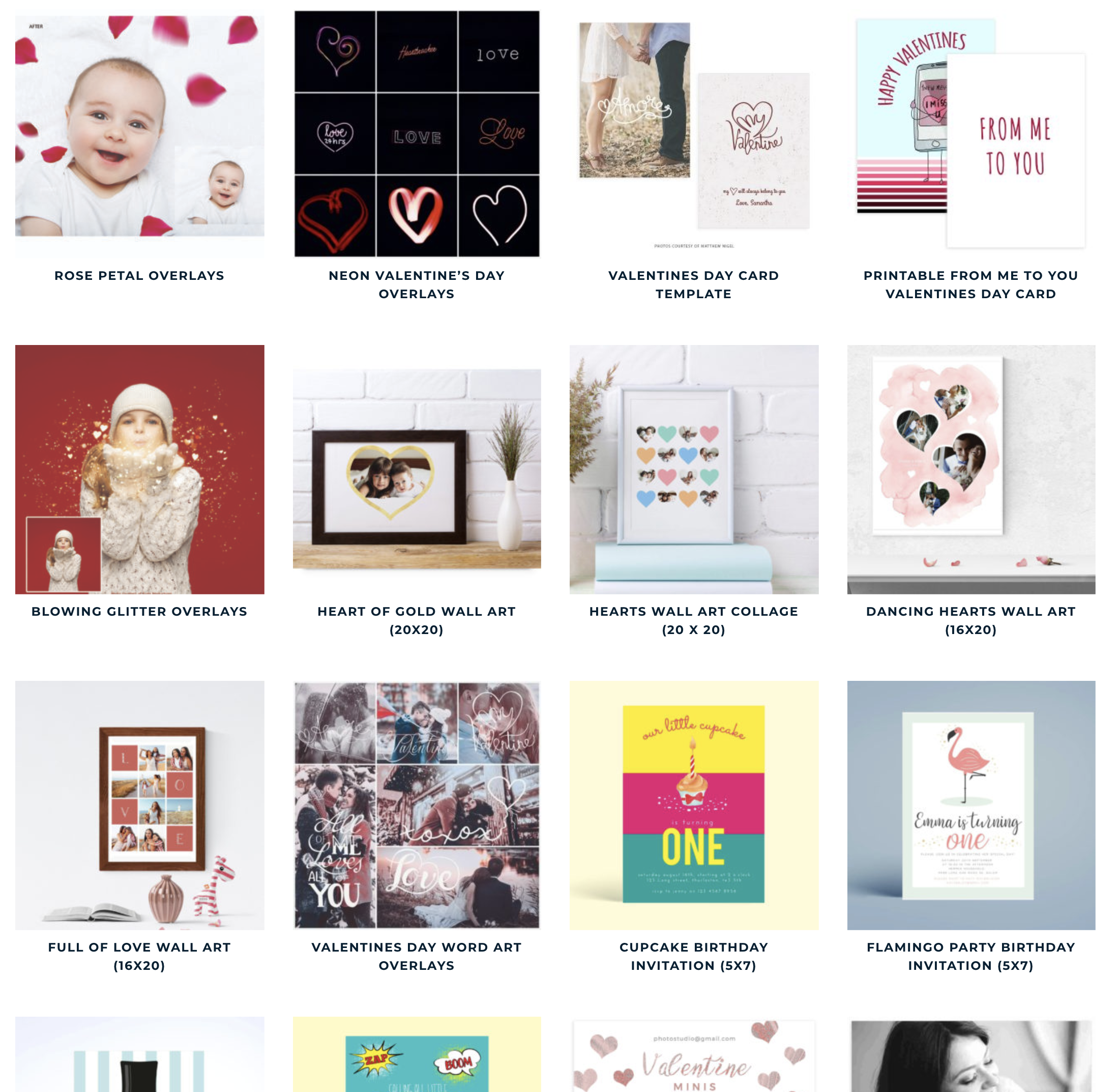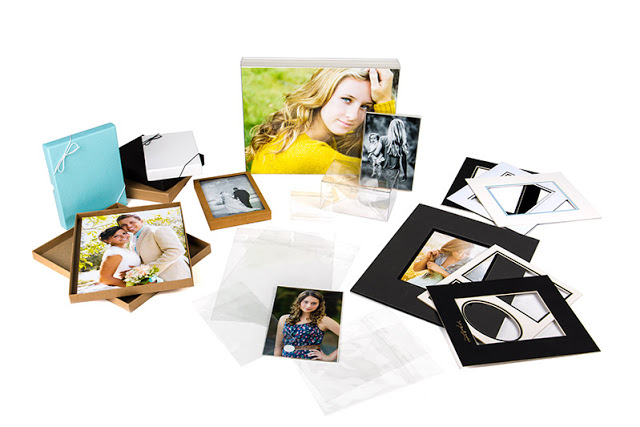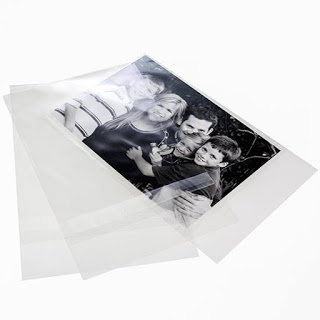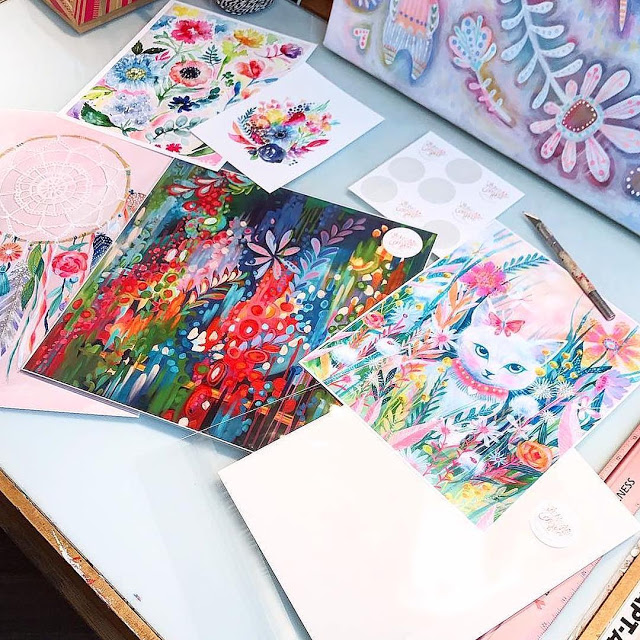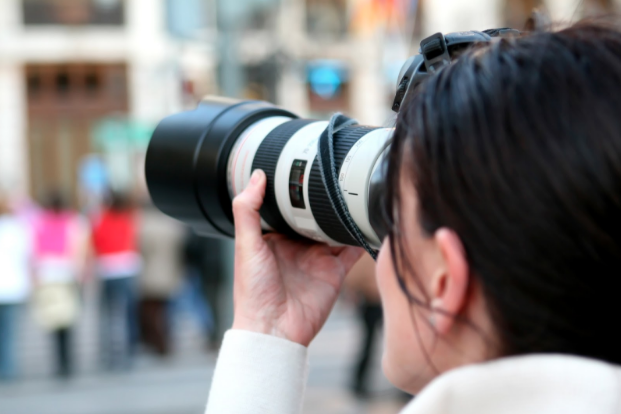If you are a photographer then you will love what Mockaroon has to offer! Mockaroon offers a simple, fantastic monthly membership available to photographers and other creatives: unlimited access to their entire library of Photoshop Templates, Overlays, Marketing Templates and more. With a continually growing library, this means your membership gains value every day!
You do not have to be a full time professional photographer to get value from a Mockaroon membership. The digital resources here will benefit full time professional photographers, semi-professional photographers, as well as amateur and hobbyist level photographers.
There is a solid mix of both templates and overlays to enhance your creative output, as well as marketing tools that will help provide a more professional experience for your prospective clients. These tools will professionalize your brand look and feel and help with the conversion of prospect to new client!
Why we love Mockaroon:
Unlimited access to high quality designs: Let Mockaroon’s design team do the work of creating professional digital assets for you to use. Updated based on customer feedback and design trends.
Keep your assets in one place: Save admin time and headaches. All digital assets are stored in Mockaroon’s cloud platform – download for use and never lose them again!
Easy to use: No design skills necessary, just download and easy edit to get that professional look.
No contracts! Cancel any time: Hassle-free cancellations are always welcome. But then again, why would you want to cancel?
What can you get on Mockaroon? Almost any type of creative, customizable digital asset you need:
Take a look at the current What’s New category, featuring several timely Valentine’s Day additions – click here to see What’s New.
You can even try Mockaroon for free! That’s right – test out some free templates and see if Mockaroon is the right fit for you. You can download, customize and even print out these templates totally free. No catch, no commitments!
Got questions? Click here to view the FAQs.




